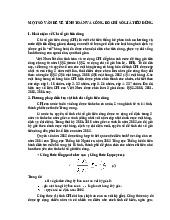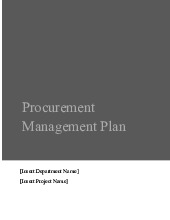

Preview text:
University of Foreign Languages and International Studies
DIVISION OF ENGLISH FOR SPECIAL PURPOSES Chapter 4 Student’s name: Revising Business Message Date of birth: 04/09/2001.
Fill the gap with a suitable word or phrase. Use textbook as a reference.
Outcome 1: Make messages more concise by rejecting flabby expressions, long lead-ins, there
is/are and it is/was fillers, redundancies, and empty words.
• Revising: (1) improving content, sentence structure, and design
Proofreading: (2) improving the grammar, spelling, punctuation, and mechanics of your messages.
Revising for Conciseness:
• (3) Eliminating Flabby expressi at t
ons: his point in time (flabby) → now (concise)
• (4) Limiting long lead-ins: This is to let you know that Monday is a holiday (wordy) →
Monday is a holiday (concise).
• (5) Dropping unnecessary There is/are and It is/was Fillers: There are at least ten
candidates who applied for that position. → At least ten applicants applied for that position.
• (6) Getting rid of redundancies: combined together → combined
• (7) Purge empty words: We are aware of the fact that many managers need assistance.
→We know many managers need assistance.
Outcome 2: Enhance clarity in business messages by keeping the ideas simple, dumping trite
business phrases, cutting clichés, shunning slang, rescuing buried verbs, restraining exuberance, and choosing precise words.
• Keep it short and simple (KISS):
It would not be inadvisable for you to affix your signature at this point in time. → You should sign now.
• (8) Dumping Trite Business phrases:
pursuant to your request → as you request
• (9) Avoiding jargon (worn phrases) and Slang (informal words with extravagant meanings)
Get on the horn with my admin. → Please call my administrative assistant. • (10) U
nburying Verbs that are needlessly converted to wordy noun expressions.
Please give serious consideration to a company intranet. →
Please seriously consider a company intranet.
• (11) Controlling exuberance by using sparingly such words as very, definitely, quite, totally, etc.
We are actually very certain that they totally agree with our proposal.
• (12) Choosing clear, precise Words:
He said that he thought they should help out with the report.
→ The team leader told Jason and Chris that they should write sections of the report.
Outcome 3: Identify proofreading problem areas, and apply smart techniques to catch mistakes in
both routine and complex documents.
(13) What to watch for in proofreading? Spellin g Gramma r Punctuatio n Names and Numbers Format
(14) How to Proofread Routine Documents:
Use the down arrow to reveal one line at a time Read from a printed hard copy
Use standard proofreading marks to indicate changes.
(15) How to proofread complex Documents Print a copy, preferably double spaced.
• Set it aside and take a breather.
• Allow adequate time for careful proofing.
• Expect errors and congratulate yourself when you find them.
• Read the message at least twice–once for meaning and once for grammar and mechanics.
• Reduce your reading speed and focus on individual words.




